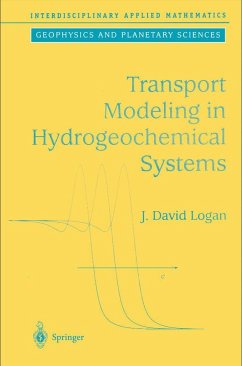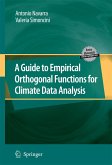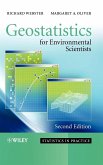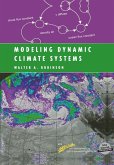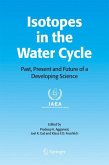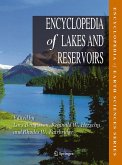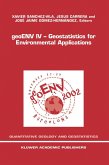The subject of this monograph lies in the joint areas of applied mathematics and hydrogeology. The goals are to introduce various mathematical techniques and ideas to applied scientists while at the same time to reveal to applied math ematicians an exciting catalog of interesting equations and examples, some of which have not undergone the rigors of mathematical analysis. Of course, there is a danger in a dual endeavor-the applied scientist may feel the mathematical models lack physical depth and the mathematician may think the mathematics is trivial. However, mathematical modeling has established itself firmly as a tool that can not only lead to greater understanding of the science, but can also be a catalyst for the advancement of science. I hope the presentation, written in the spirit of mathematical modeling, has a balance that bridges these two areas and spawns some cross-fertilization. Notwithstanding, the reader should fully understand the idea of a mathe matical model. Inthe world of reality we are often faced with describing and predicting the results of experiments. A mathematical model is a set of equa tions that encapsulates reality; it is a caricature of the real physical system that aids in our understanding of real phenomena. A good model extracts the essen tial features of the problem and lays out, in a simple manner, those processes and interactions that are important. By design, mathematical models should have predictive capability.
From the reviews: MATHEMATICAL REVIEWS "This is a very interesting book in interdisciplinary applied mathematics. The book deals with the interplay between mathematics and hydrogeology, via modeling and analysis in terms of partial differential equations for transport and reaction of solutes in the groundwater. The models are simple but the results are illuminating." "This book is a very well-written monograph which discusses the theory and some analytic solution methods for a number of the partial differential equations ... . The book is designed to appeal to both the mathematics and the applications communities, and it does a good job of presenting interesting material on both aspects. ... A mathematics student ... could still learn a great deal from the numerous examples included. ... The typography in this book is attractive, the figures are clear ... ." (J. Koplik, Applied Mechanics Reviews, Vol. 55 (4), 2002) "This is a very interesting book in interdisciplinary applied mathematics. The book deals with the interplay between mathematics and hydrogeology, via modelling and analysis in terms of partial differential equations for transport and reaction of solutes in the groundwater. The models are simple but the results are illuminating." (Jinqiao Duan, Mathematical Reviews, Issue 2002 j) "The overall approach is a rather gentle and pedagogical one, with no deep prerequisites taken for granted, and a considerable number of exercises are provided for the student. ... a few Matlab or Maple programs are provided in the appendix." (H. Muthsam, Monatshefte für Mathematik, Vol. 139 (1), 2003) "The book focuses on the joint subject areas of Applied Mathematics and Hydrogeology. ... The index is detailed and the book is very well referenced. ... This is an excellent book which should be read by geologists, civil engineers, applied mathematicians and researchers in the hydrogeology subject area. The book is illustrated with several exercises which are designed to extend ideas rather than reinforce concepts." (Kehinde Oduyemi, Journal of the Institution of Water and Environmental Management, November, 2002) "The present monograph ... may be used as a compendium of various simple mathematical models that help to understand transport in hydrogeology ... . The book is an excellent textbook in applied mathematics accessible to graduate students of geology, especially contaminant hydrology, ground water modelling and hydrogeology, as well as civil engineering." (Claudia-Veronika Meister, Zentralblatt MATH, Vol. 982, 2002)

